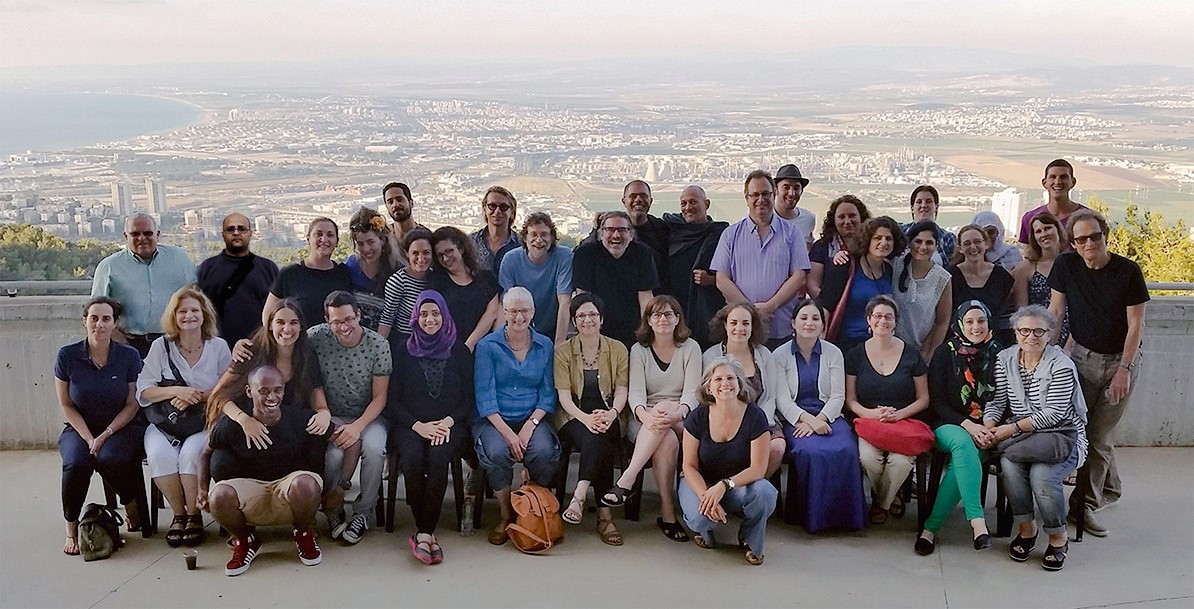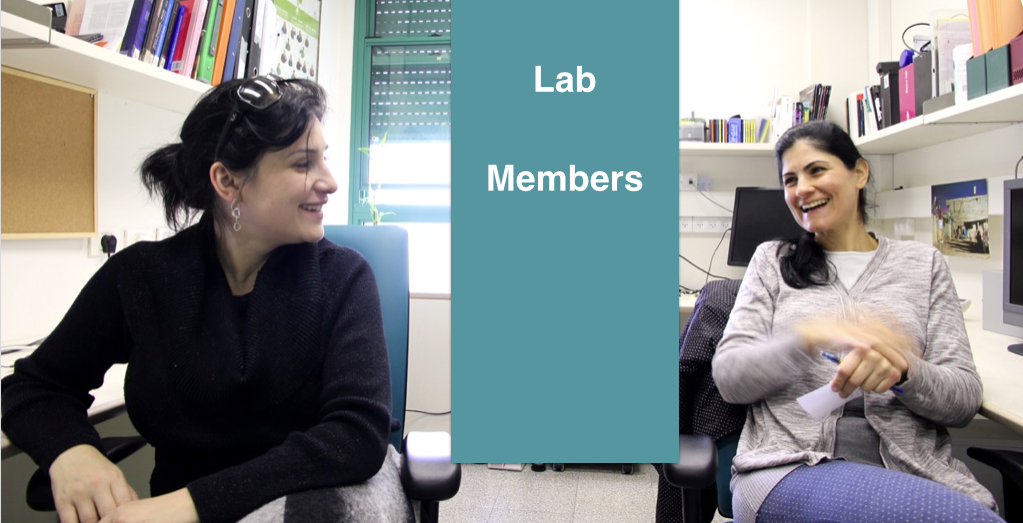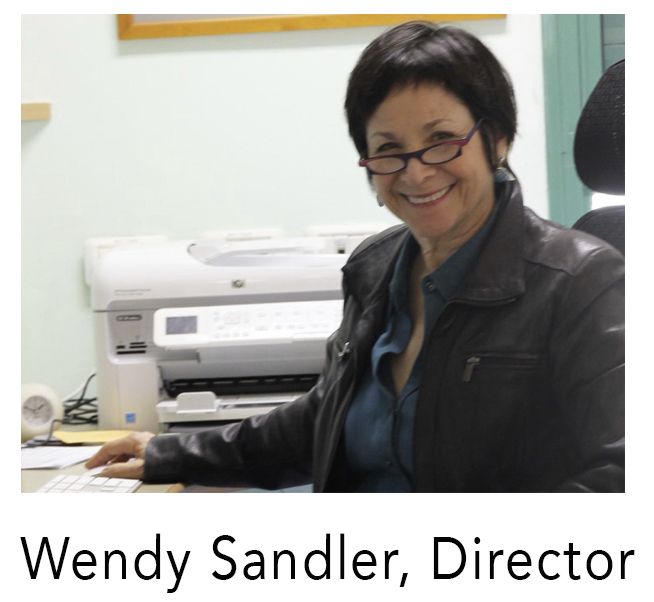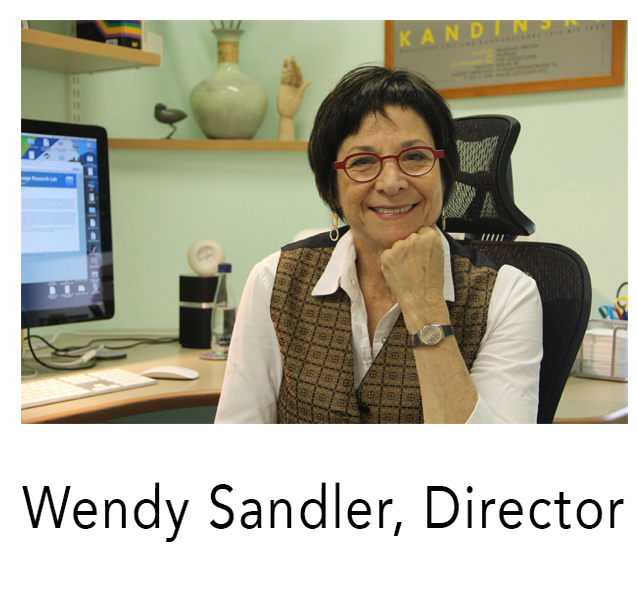Lexicon and Morphology
![]()
Signs in sign languages have internal morphological structure, like words in spoken languages. Yet sign languages favor a specific type of morphology, the simultaneous, non-concatenative type. Verb agreement is an example. By applying a particular componential analysis of verbs in ISL, Irit Meir develops a model which can predict the agreement pattern of each verb in ISL and other sign languages, and, at the same time, can pinpoint the similarities and differences between the spatial predicates of ISL (and sign languages generally) and the auxiliary and verb systems of spoken languages.
By examining both the common non-concatenative type of sign language morphology as well as the rare but attested sequential affixation in these languages, our work identifies properties that make sign language a morphological type.





